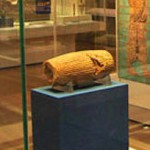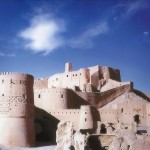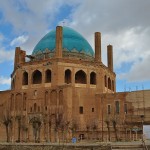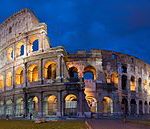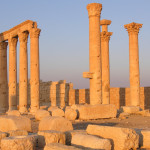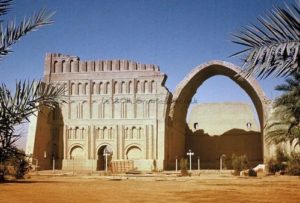 Yesterday, several news agencies, quoting non-governmental Iraqi sources, reported that another part of the roof of the Taq Kasra arch monument has collapsed. The Iraqi government has not yet responded to this news, but some supporters of the historical heritage of Iraq and Iran have protested against this apathy.
Yesterday, several news agencies, quoting non-governmental Iraqi sources, reported that another part of the roof of the Taq Kasra arch monument has collapsed. The Iraqi government has not yet responded to this news, but some supporters of the historical heritage of Iraq and Iran have protested against this apathy.
The Taq Kasra is the only remaining building from the magnificent city of Ctesiphon and its palace, a site which held celebrations and public events during the Sassanid dynasty. Ctesiphon’s palace itself was destroyed in the Arab invasion of Persia, during which its valuables were looted.
The Taq Kasra, which is still known as one of the architectural masterpieces of antiquity, was built in 550 AD and is located to the south of Baghdad, which was a part of the Persian Empire at the time. The archway is considered an important milestone in historical architecture, and is the largest known single-span vault of unreinforced brickwork.
In recent years, parts of the Taq Kasra has collapsed, and despite repeated warnings from archeologists and experts of Persian historical monuments, government officials in both Iran and Iraq have not paid the slightest attention to these urgent calls.
The Pasargad Heritage Foundation has contacted UNESCO several times since March 2019 and has asked UNESCO officials to contact the government officials and bring attention to the dire condition of the Taq Kasra monument. In a last call in 2020, UNESCO promised the foundation’s representative that they would do so immediately. However, no action has yet been taken by UNESCO as far as the Pasargad
Heritage Foundation knows and the condition of the structure is unfortunately still deteriorating.




